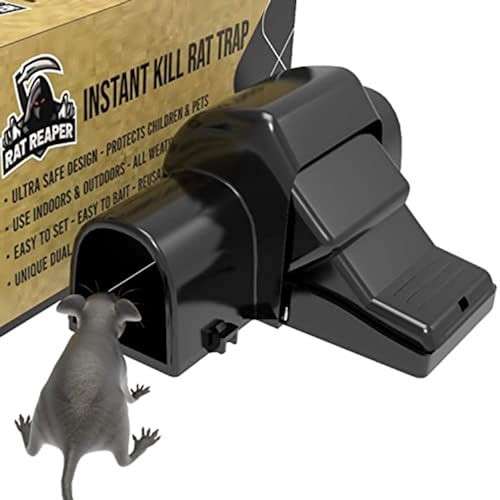How to damp proof a cellar

If you have a cellar in your home, you may have faced the problem of dampness. Dampness in a cellar can lead to a variety of issues, including mold, decay, and an unpleasant musty smell. However, with the right approach, it is possible to damp proof your cellar and create a dry and usable space.
One of the first steps in damp proofing a cellar is to identify the source of the dampness. This can be due to a variety of factors, such as water seepage from the surrounding ground, condensation, or leaks in the walls or ceiling. Once you have identified the source, you can take the necessary steps to address it.
One effective method of damp proofing a cellar is by installing a damp proof membrane. This involves creating a barrier between the internal surface of the cellar and the external elements. The membrane is typically made from materials that are resistant to moisture, such as polyethylene or bitumen. It is important to ensure that the membrane is properly installed, with no gaps or overlaps, to provide an effective barrier against dampness.
Why Damp Proofing is Essential for Your Cellar
A cellar is prone to dampness due to its underground location and its close proximity to the soil. Dampness can lead to a number of problems such as mold, mildew, musty odors, and structural damage. This is why damp proofing is essential for your cellar.
Prevention of Mold and Mildew
Excessive moisture in the cellar can lead to the growth of mold and mildew. These fungi not only have a negative impact on the aesthetics of the space but also have potential health risks. Damp proofing helps create a barrier that prevents the intrusion of moisture, reducing the chances of mold and mildew growth.
Protection of Structural Integrity
Constant exposure to moisture can gradually deteriorate the structure of your cellar, which can lead to significant damage over time. Damp proofing helps prevent water infiltration and seepage, preserving the integrity of the walls and foundation. It reduces the risk of cracks, crumbling, and long-term structural problems.
Promotes a Healthy Environment
A damp and musty cellar can create an unhealthy environment. Dampness can cause respiratory issues, aggravate allergies, and provide a breeding ground for pests. Damp proofing prevents moisture accumulation, ensuring a dry and healthy atmosphere in your cellar.
Protects Valuables
If you use your cellar for storage, dampness can pose a threat to your valuables such as furniture, documents, and other belongings. Moisture can cause irreparable damage, leading to the loss of sentimental and monetary value. Damp proofing helps safeguard your possessions by creating a dry and moisture-free environment.
Increased Property Value
Dampness issues in a cellar can decrease the overall value of your property. Proper damp proofing not only protects your cellar but can also enhance its market value. Potential buyers will be attracted to a well-maintained cellar that is free from dampness-related problems.
- Prevents mold and mildew growth
- Preserves structural integrity
- Promotes a healthy environment
- Protects valuables
- Increases property value
Steps to Damp Proof a Cellar
Dealing with moisture and dampness in a cellar is crucial to protect your property from potential damage. Here are a few steps to damp proof a cellar:
1. Assess the cause
Before starting any damp proofing work, it’s important to identify the root cause of the dampness in the cellar. Common causes include penetrating damp from outside, condensation build-up, or rising damp from the ground.
2. Repair any leaks
If there are any visible leaks or cracks in the walls or floor, make sure to repair them before damp proofing. This may involve patching up holes or fixing broken pipes.
3. Improve ventilation
Circulation of air is essential in reducing moisture and condensation. Install proper ventilation systems, like fans or dehumidifiers, to improve airflow in the cellar.
4. Waterproof the walls and floor
The next step is to apply a waterproofing material to the walls and floors of the cellar. This can be done using a damp-proof membrane or a waterproofing paint or sealant. These barriers prevent moisture from seeping through into the cellar.
5. Insulate the cellar
Insulating the cellar not only helps with damp proofing but also improves energy efficiency. Choose an insulation material suitable for the cellar walls and ceiling to prevent temperature fluctuations and reduce condensation.
6. Repair any damaged drainage
If the cellar has an existing drainage system, make sure it is functioning properly. Clear any clogs or repair any damaged drains to avoid excess water accumulation around the cellar walls.
7. Monitor and maintain
After completing all the damp proofing measures, regularly monitor the cellar for any signs of dampness or leaks. Maintain the ventilation, insulation, and any other systems you have installed to ensure long-term damp proofing.
Following these steps will help you effectively damp proof your cellar and protect your property from moisture-related problems.


![In the Damp Cellar [Explicit]](https://m.media-amazon.com/images/I/41qruhCwwuL._SS520_.jpg)






